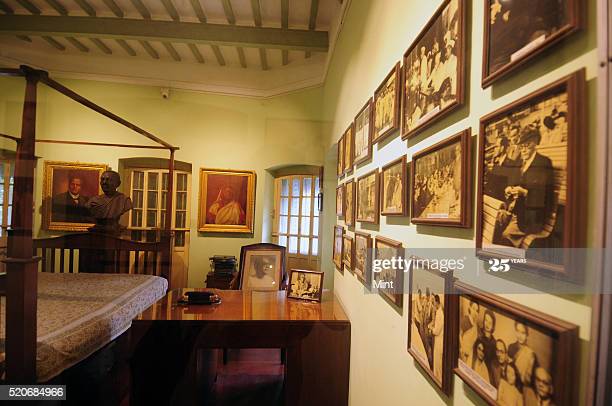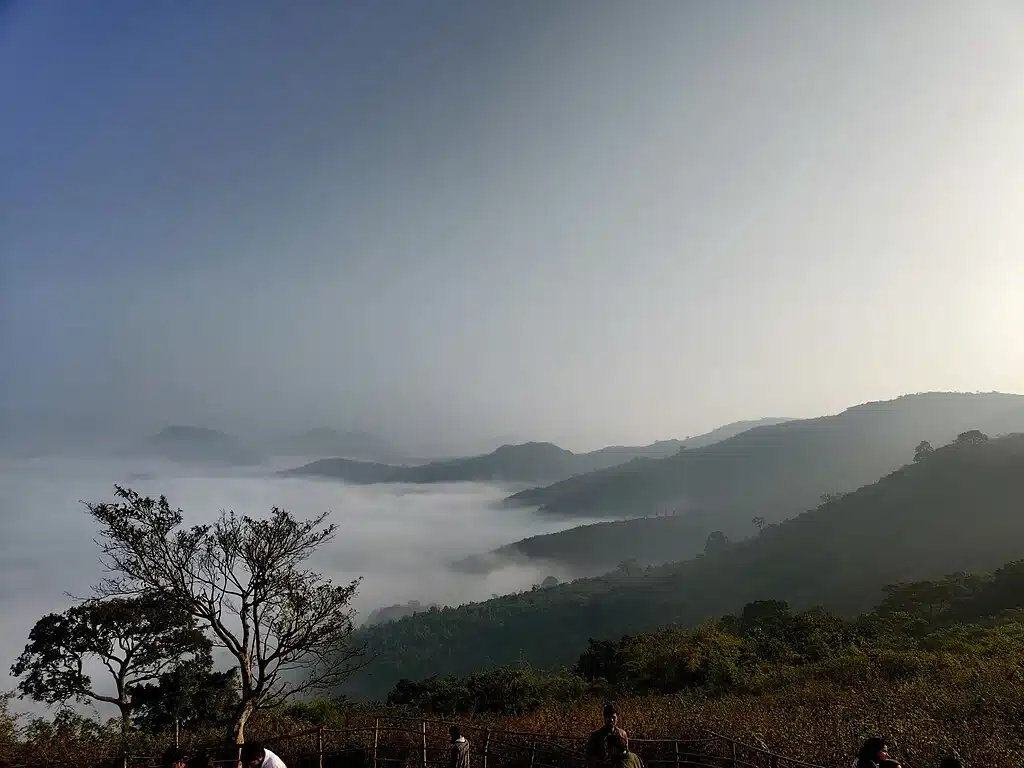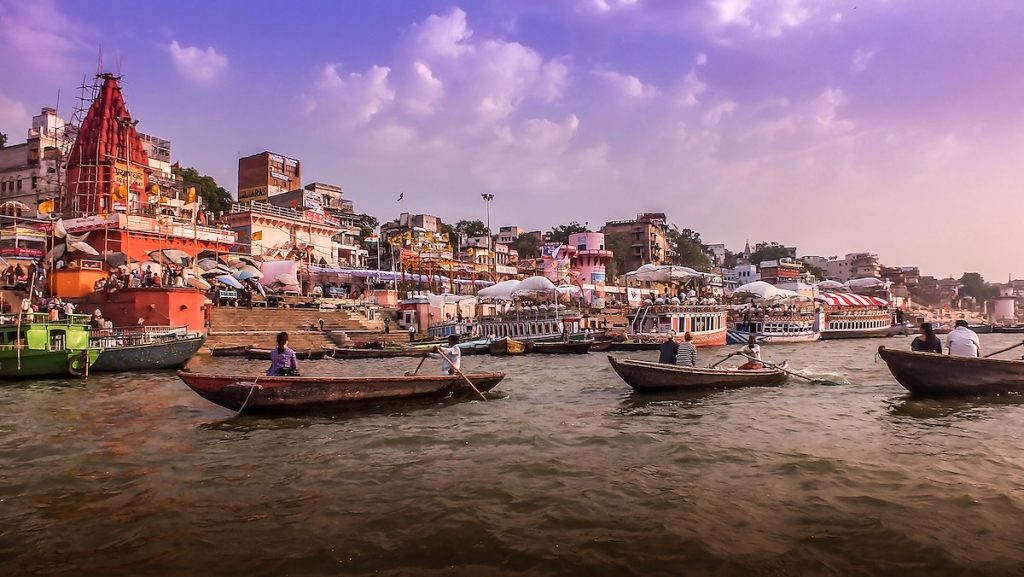A typical Bengali household located on Elgin Road in Kolkata was once the residence of India’s most renowned freedom fighter – Netaji Subhash Chandra Bose. Chances are you have crossed this modest building numerous times, but you haven’t stopped to look around. The ancestral home of Subhash Chandra Bose was built in 1909 by his father Janakinath Bose. From the outside, the house looks like just another building in Kolkata, but the walls of his house have held secrets that haven’t seen the sun outside. For the longest time, Bose’s residence was, in fact, the nerve center of all political activity in Calcutta.
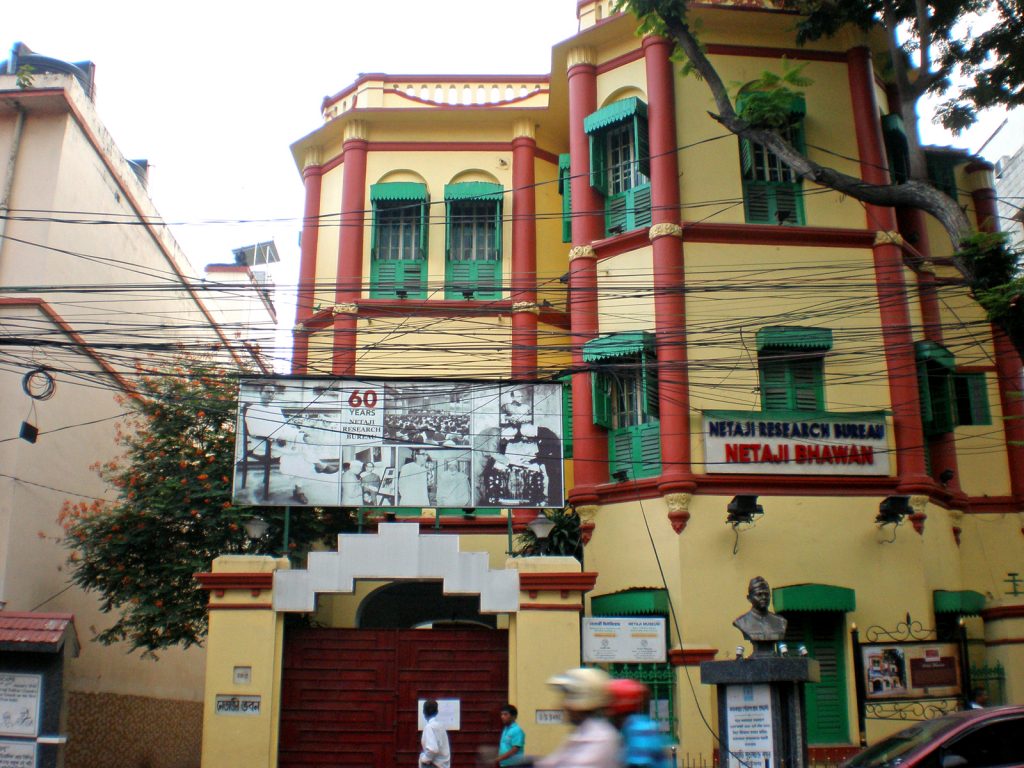
Today a monument of national as well as historical importance, Netaji Bhawan is a time capsule that takes you back to the British era as soon as you set foot on the porch of the house. Maintained impeccably by the Kolkata Municipal Corporation, Netaji Bhavan is certainly worth your time.
Note: This article belongs to a series called Freedom to Travel. The series aims at educating the reader on the lesser-known locations that were instrumental during the Indian Freedom struggle. You can find the other articles in the series here.
Netaji and his contribution to the freedom struggle
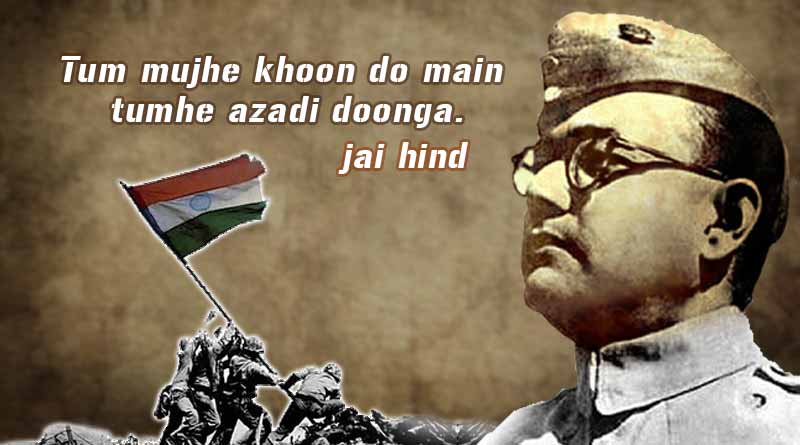
A firm believer of socialism, Bose spoke bravely about Indian’s independence from the British Empire. Bose was an advocate of complete and unconditional independence of India. His militant ideology clashed with that of the Indian National Congress who adhered to non-violence strictly. Netaji, on the other hand, believed that complete independence demanded a struggle, a fight that required us to pick up arms for the nation. And it is in this context that his slogan “Tum mujhe khoon do, mein tumhe azaadi dunga (you give me blood and I will give you freedom)” became a nationwide cry for India’s independence with blood, arms and sweat.
Tracing India’s history here
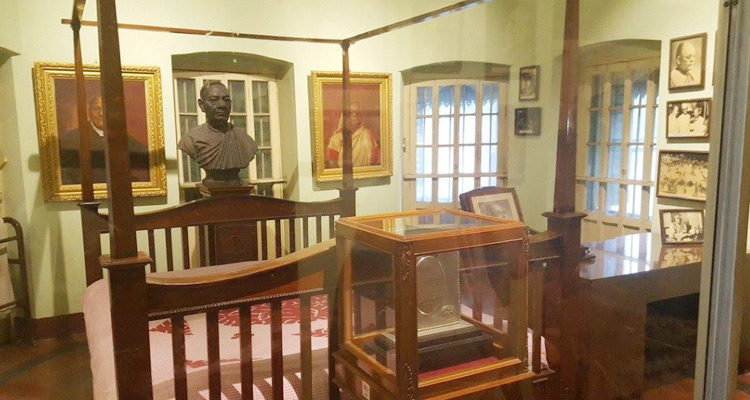
A museum and research center, do visit the place if you want to see never-seen-before photographs of Bose, hand-written letters, personal belongings, such as slippers, uniforms of Indian National Army, garlands; pictures of his wife and daughter. There are pictures of his other family members, including his brother Sarat Chandra Bose.
One of the most interesting things to look out for in the museum is Netaji’s great escape route. It is a fascinating map that is printed on the floor and leads one to the car he used to escape in when he was put on a house arrest by the British Empire.
Also, spend some time reading handwritten letters he sent to the British and original newspapers which were published then. As you go through Subhash Chandra Bose’s biography, numerous questions will arise in your mind regarding Subhash Chandra Bose’s death.
A tour of the house
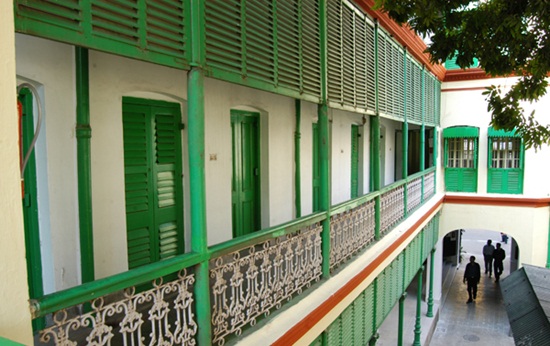
Netaji Bhawan with its traditional pillars and porticos looks like a typical early 20th century Bengali residential house. A marble name plate bearing the name of J.N.Bose, Netaji’s father, decorates the entrance of the house. A bust statue of Netaji greets you at the front porch of the residence. A short climb up the wooden staircase takes you to Netaji’s bedroom on the first floor.
Except for the protective glass film, the room has been left untouched since 1941. The room is exactly how Netaji left it before his great escape from India. His sleeping cot, clothes, shoes, even his Ayurvedic medicines, and Gita have been preserved in this room.

Not very far from his room, Netaji’s office is still painted in the hues of the Indian tricolor. His working desk, revolving chair, bookshelf, etc are on display here. Look out for the impressive collection of Sarat Chandra Bose’s books here. Besides books, the office has preserved periodicals and documents from the entire freedom movement of India.
The top floor of Netaji Bhawan is nothing short of a treasure trove for the lovers of history. It contains photographs, documents and numerous articles relating to Netaji’s life and work – all arranged in chronological order.
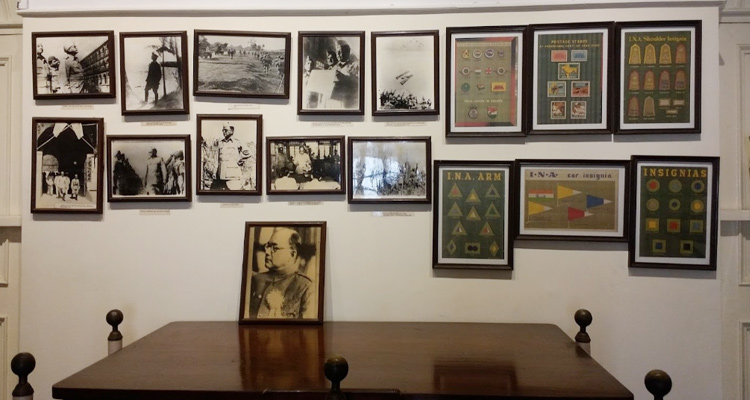
This fascinating exhibition will take you through the life of our great leader starting from his birth at midday on 23 January 1897 to him joining the Volunteer Corps at Calcutta in 1928. Look out for his original passports and some valuable artifacts brought by Netaji from Burma in this hall. Pictures of his sojourn in Europe along with visits to the Andamans and finally from the prison in Mandalay are also out on display here.
How to reach Netaji Bhawan
Situated in the heart of Kolkata, Howrah and Sealdah are the nearest railway stations. Hire a safe, sanitized taxi in Kolkata right outside the railway station to travel in zero discomfort.

For those traveling from Netaji Subhash Chandra Bose International Airport can book a cab right outside the airport available 24/7 at your service.
Here lived an outstanding man, nationalist and soldier whose disappearance is still unknown. Now all that we have of him is displayed and preserved lovingly in this residence cum museum. Every corner of his building narrates Subhash Chandra Bose’s history; every corner of this building has seen, heard, and felt something we will never know.
Only if the walls could speak, only if the air inside could guide us to find how we lost someone irreplaceable, help us get closure, and put an end to all conspiracy theories once and for all. Subash Chandra Bose will never be forgotten. His sacrifices will never be forgotten. His story will, therefore, be etched in the heart and memory of India forever.
Jai Hind!
Savaari has drafted a comprehensive report on the Travel and Mobility trends in India in the context of the COVID pandemic. The information presented in the report will help you make an informed judgment on how Car Rentals have emerged as the safest and affordable mode of transport during these unprecedented times.
Last Updated on September 16, 2020 by Harpreet Janeja
